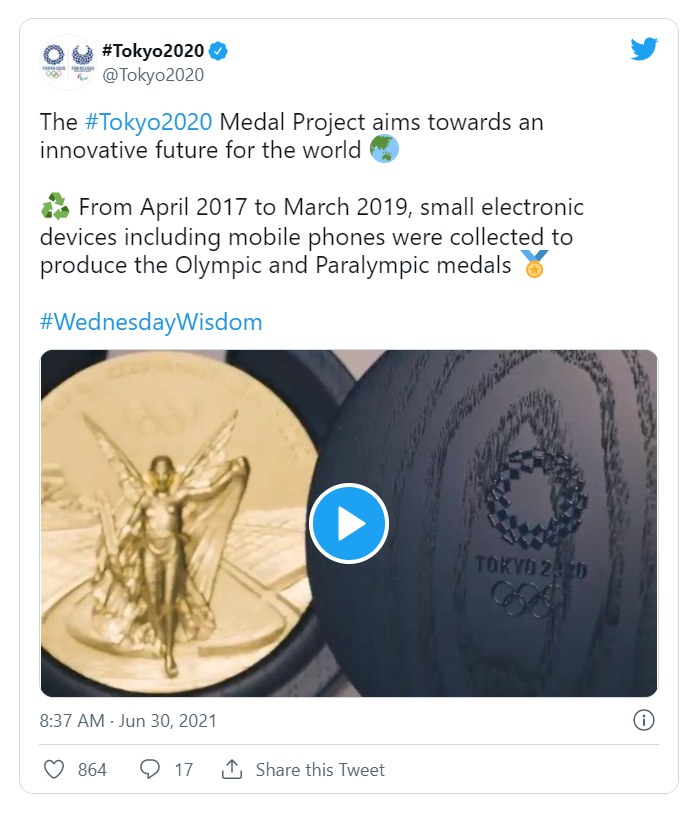High tech at the Tokyo Olympics
High tech is reaching a historically high level at Tokyo 2020. We are now in the aftermath of the Tokyo Olympics and looking further towards the Paralympics. These together amass 11,500 athletes who compete for 339 medals in 33 sports at the most innovative sports events to date. The most technologically advanced sports competition yet provides the best experience for athletes and fans alike. Thanks to innovation, software development, and AI, these Olympics abounded with the latest technology on a large scale.
The Tokyo Olympics was a meeting place for the leading contemporary athletes. But the fiesta of the sports gods and goddesses was also the platform where IoT meets Automotive and Biomechanics.
The Tokyo Olympics and the incredible sports technology
Athletes offer record-breaking performance in large sports arenas. At this edition of the Olympic games, high tech enables the best data analysis yet.
3D Athlete Tracking
The groundbreaking software uses AI (Artificial Intelligence) and computer vision to analyze the athletes’ motions in 3D. After it extracts data related to athletes’ form, motion, or biomechanics using cameras, it applies an algorithm for pose estimation that can easily be visualized and then broadcasted. Hence the viewers have a chance to near-real-time analytics into the sprinting competitions, where they can see the actual performance of each athlete compared to another.
High tech in automotive – Autonomous driving for the athletes
Self-driving cars are driving around athletes at the Olympics. These vehicles, powered by machine learning, are also carrying sports equipment. Around 3700 mobility products enable athletes’ transportation and 90% of which are electric vehicles.
The e-mobility solutions at the Paralympics use rechargeable lithium-ion batteries, and each is prepared to transport up to 20 people and four wheelchairs. The vehicles have level 4 autonomous driving capabilities, meaning that they do not require human interaction. However, an operator onboard caters to all athletes’ possible needs.
Ultra-high resolution and speed enabled by 5G technology
Even though almost none of the competitions at the Olympics and Paralympics have on-location spectators, viewers have the chance to watch sports at ultra-high resolution and ultra-speed thanks to 5G technology.
This 2021 Olympic is the first since the ample adoption of 5G technology. Also, it is the first biggest sports event where this technology was implemented for the viewers’ experience. It provides new angles to watch competitions from and near-real-time streaming.
Medals from recycled electronics
But as so much technology uses so many resources, the Tokyo Olympics is the first to set a precedent in making the medals from recycled electronics. Previous to the Olympics, Japan deployed a massive used-electronics donation campaign. It took two years to collect enough used electronics (80 tons) to create all the medals necessary for the winners.
The Olympics and Paralympics push athletes and tech to new heights
Even though the pandemic brought incertitudes related to the timing of the Olympic Games, the event was groundbreaking on many levels, and the Paralympics are yet to come. Even though it did not allow spectators, viewers had a tremendous watching experience.
The Olympics and Paralympics have always pushed athletes and sports technology to their highest point. 3D athlete tracking, autonomous driving, and 5G technology are just a few ultra-modern technologies used.
Thanks to technological novelty and the joint effort of tech innovators and sports organizers, we are all set for even better experiences for the Olympics yet to come.
AROBS
At AROBS, we are proud to contribute to this industry and enhance the users’ experiences worldwide, whether it is about Automotive, IoT, Travel, Enterprise, or Fintech solutions.
Looking for a digital upgrade?
Read our recent blog posts

From Compliance Bottlenecks to Continuous Readiness: How AROBS Accelerates AI Development with MCP
Read More »





